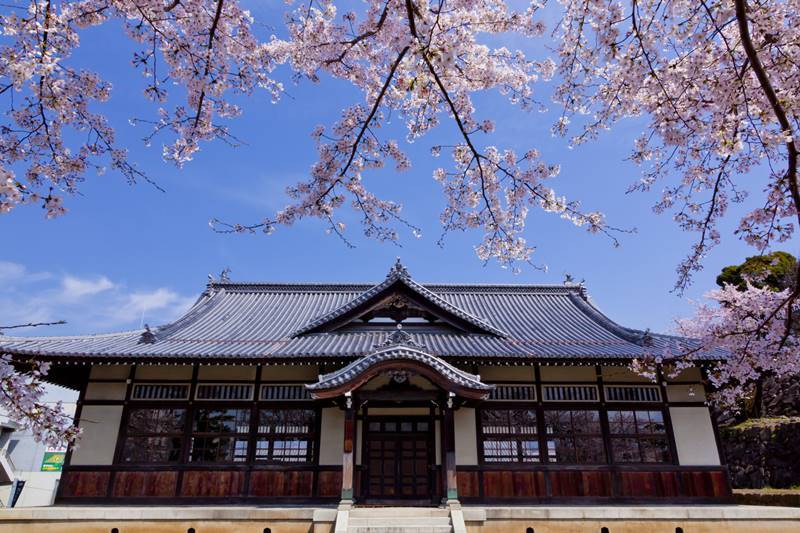This is all about Kōfu Castle Ruins you want to know.
Every information you get on this site will be from a credible source based on Japanese history (books for reference).

Collected by the Inagaki family, the Toba Daimyō from the mid-Edo period to the Meiji Restoration, as materials for military studies. There are about 350 illustrations, but there is no uniformity because only illustrations of castles, illustrations including castle towns, and old battlefield illustrations are mixed.
Another typical example of a castle picture in the Edo period is "The Shōhō Shiroezu", picture of the castle and castle town that the Edo Shogunate ordered the daimyō to create and submit,aggregating military information such as the buildings inside the castle, the height of the stone wall, the width of the moat and the water depth, etc., it also details the location and shape of the castle town and the mountain river.
Profile : Kōfu Castle Ruins
| Location | Kōfu City, Yamanashi Prefecture |
| Also known as | Maizuru Castle, Ichijoukoyama Castle |
| Type of castle | Hilltop |
| Mountain's name | ー |
| Elevation | ー |
| Condition | Ruins |
| Designation | National Historic Sites Yamanashi Historic Sites |
| Year built | about 1583 |
| Abolished | 1873 |
| Castle lord | Katō Mitsuyasu |
| Refurbishment lord | Asano Nagamasa , Asano Yukinaga |


The family crest was originally created from the pattern that the emperor and the royal family put on the kimono, and the pattern was made into a fixed pattern, and the one attached to his own oxcart is said to be the beginning of the family crest. The warlords drew large crests on the flag-fingers, used to distinguish enemy views on the battlefield, and used by the generals to determine which warlords were active and how much.
Kōfu Castle admission
admission fee : free ( Yamanotegomon Gate in Kōfu City Historical Park )
admission time : am9-pm5 ( Park : always open )
closing period : December 29 - January 3 every Monday (※Tuesday if Monday is holiday) reference official site
Kōfu Castle Google Map
Kōfu Castle Images

Kōfu Castle was built by Toyotomi Hideyoshi, who had unified the world in the land of Ichijō-koyama, sent Katou Mitsuyasu. After that, Asano Nagamasa and YUkinaga seemed to have completed the project. After the Battle of Sekigahara, Tokugawa Ieyasu made it a castle for a family, and later in the year, Yanagisawa Yoshiyasu became the castle owner, and further developed the castle and castle town. In recent years, based on excavations restoration is progressing.

Although these stone walls still exist, there is no record that the main keep actually existed. But it is possible that a authentic main keep had been built.
There are more than 200 painted stones have been found on the stone walls of Kōfu Castle, including Five dead stars, triangles, fish, birds, etc. The reason why these drawings were drawn is not clear, but there are many patterns that lead to Onmyōdō (occult divination system based on the Taoist theory of the five elements ). Therefore, it is considered to be meaningful for safety prayers and amulets. It is unique to Kōfu Castle and is rare throughout the country. Line drawings are easy to see when the sun is shining, so it is recommended to look for them around noon on a sunny day.







Link : A castle closely related to [block]4[/block]
【east japan】Edo Castle 【central japan】Okazaki Castle 【central japan】Sunpu Castle 【central japan】Nagashino Castle 【central japan】 Nagoya Castle 【west japan】Ōsaka Castle 【west japan】Nijō castle 【central japan】Kōfu Castle
